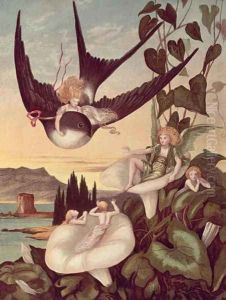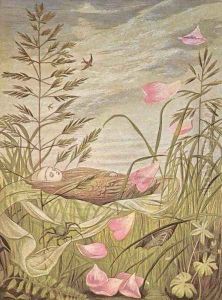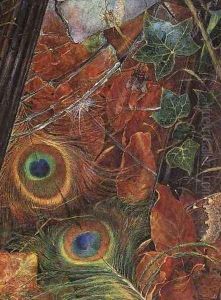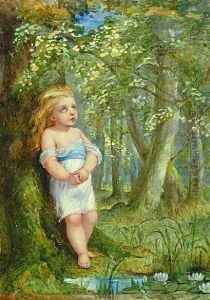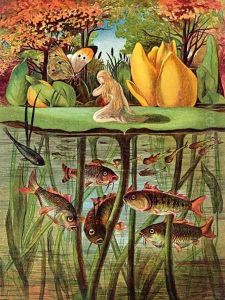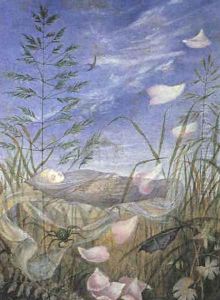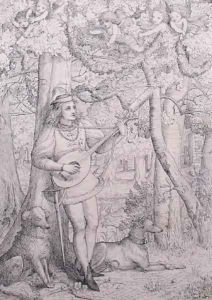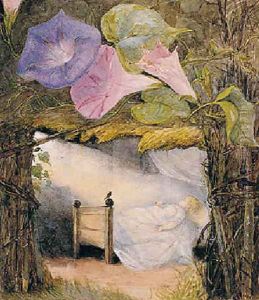Eleanor Vere Boyle Paintings
Eleanor Vere Boyle (EVB) was an English artist born on September 22, 1825, primarily known for her work in watercolor and book illustrations, especially those aimed at children. She came from a high social background; her father was Henry Richard Fox, 3rd Baron Holland, and her mother was Lady Mary Augusta Coventry. Boyle's upbringing in a well-connected and intellectual family provided her with access to a circle of prominent figures in the arts and society.
Boyle's artistic career was initially nurtured within the domestic sphere, which was common for women of her class during the Victorian era. She married Richard Boyle in 1845, becoming part of the influential Boyle family. Her work was characterized by its delicate detail and romantic, often whimsical, subject matter. She was influenced by the Pre-Raphaelite Brotherhood, and her style reflected the movement's attention to detail, vibrant colors, and incorporation of nature and medieval themes.
Despite her aristocratic background and the societal constraints of the time, Boyle managed to achieve recognition as an artist. She exhibited her work at the Royal Academy of Arts and other respected institutions. However, she is perhaps best known for her book illustrations. Her illustrated books include 'A New Child's Play' (1877) and 'Beauty and the Beast' (1875). Boyle's illustrations were celebrated for their imaginative qualities and their ability to capture the magical worlds of the stories they accompanied.
Later in life, Boyle moved to Huntercombe Manor in Buckinghamshire, where she continued to paint and write. She remained active in the arts and literary circles, corresponding with notable figures of her time. Eleanor Vere Boyle's contributions to Victorian art, particularly in watercolor and illustration, continued to be appreciated until her death on July 25, 1916. Although her work is less well-known today, it remains significant as part of the broader scope of Victorian-era women artists who managed to find a voice and audience despite the restrictive norms of their time.
